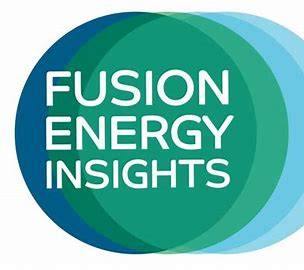Part 3 of 3 Parts (Please read Parts 1 and 2 first)
In the early 1950s, the U.S. military tested a series of nuclear weapons in the Pacific Ocean that were “boosted” by gases that created a fusion reaction. This resulted in explosions that were seven hundred times more powerful than the Hiroshima blast.
Sustaining nuclear fusion for long periods is much more challenging than using it in nuclear weapons. While China races ahead with its tokamaks, the U.S. is finding an edge in other technology such as lasers.
In late 2022, scientists at the Lawrence Livermore National Laboratory in California shot nearly two hundred lasers at a cylinder holding a fuel capsule the size of a currant, in the world’s first successful experiment to generate a net gain of fusion energy. This indicates that more power came out of the process than was used to heat the capsule (though they didn’t count the energy needed to power the lasers).
There are additional ways to achieve nuclear fusion, and the U.S. is hedging its bets with research on a variety of technologies. It is definitely possible that this approach could pay off.
Melanie Windridge is a U.K.-based plasma physicist and CEO of Fusion Energy Insights, an industry monitoring organization. She said that “We don’t know exactly which is going to be the best concept, and it may not be one.” There may ultimately be several viable approaches for fusion power, she told an interviewer. “And then it will come down to costs and other factors in the longer term.”
Windridge said that the tokamak is the best-researched concept. “Over time, it’s had the most research put into it, so it’s the most advanced in terms of the physics. And a lot of the private companies are building on that.”
With all the money China is putting into research, the tokamak technology is rapidly evolving. China’s EAST tokamak in Hefei held plasma stable at seventy million degrees Celsius which is five times hotter than the core of the sun for more than seventeen minutes. This represents a world record and an objectively astonishing breakthrough.
Mikhail Maslov is with the U.K. Atomic Energy Authority. He described the Chinese breakthrough as an “important milestone,” adding that running long plasma pulses remains one of the biggest technical challenges to commercializing fusion energy.
While China’s government pours money into fusion, research in the U.S. has attracted far more private investment. Globally, the private sector has spent seven billion dollars on fusion in the last three to four years, eighty percent of which has been by U.S. companies, according to Allain.
Allain said that “In the U.S., what you have is that entrepreneurial spirit of being able to really think outside the box and innovate and really address some of these gaps, not just in science, but also in the technology.”
However, if the Chinese government continues to invest more than one billion a year, that could soon eclipse U.S. spending on fusion research, even in the private sector. And if those fusion investments pay off, colorful celebrations in Shanghai will not only be powered by fusion, but they will also cast China in a whole new light.
Nuclear Fusion 82 – China May Soon Surpass The U.S. In Funding Fusion Research – Part 3 of 3 Parts

